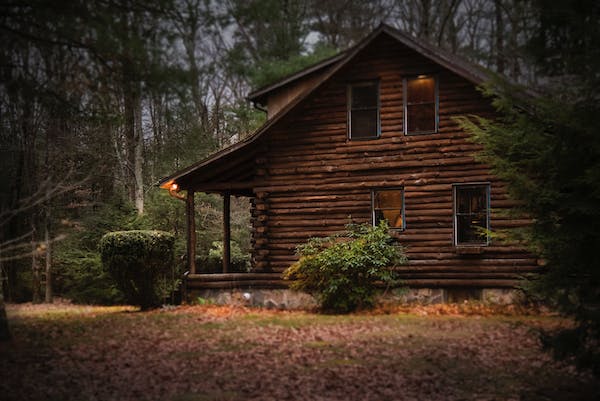The real estate market plays a crucial role in determining various aspects of homeownership, including mortgage rates, property taxes, and home insurance rates. In the case of Tallmadge, the real estate market’s dynamics have a direct impact on determining the cost of home insurance for residents. Understanding how the real estate market influences home insurance rates in Tallmadge is essential for homeowners and potential buyers alike.
- Supply and Demand:
The supply and demand dynamics in Tallmadge’s real estate market significantly affect home insurance rates. When the demand for houses exceeds the supply, it leads to increased competition among buyers. In turn, this pushes up home prices, subsequently affecting insurance rates. Higher home values generally result in higher insurance premiums, as insurance providers must account for the increased cost of replacing or repairing homes in the event of a covered loss.
- Location and Risk Assessment:
Home insurance rates are also influenced by the location of the property within Tallmadge. Insurance companies evaluate the risk associated with each area, considering factors such as crime rates, proximity to fire stations, and vulnerability to natural disasters. Properties located in areas with higher risk factors, such as flood-prone zones or neighborhoods with a high crime rate, often face higher insurance rates. Conversely, homes situated in safer neighborhoods may benefit from lower insurance premiums.
- Property Age and Condition:
The age and condition of a property can also impact home insurance rates. In Tallmadge, older homes may require more extensive maintenance and repairs, making them riskier to insure. Insurance providers may charge higher premiums to account for these potential costs. Additionally, the condition of the property, including the age of the roof, plumbing, and electrical system, can influence insurance rates. Well-maintained homes with updated systems often attract lower insurance premiums.
- Local Building Codes and Regulations:
Tallmadge’s real estate market interacts closely with local building codes and regulations. Insurance providers consider the adherence to safety standards and building codes when assessing the risk associated with a property. Homes built in compliance with up-to-date codes and equipped with safety features, such as fire alarms and sprinkler systems, are generally viewed as less risky and may benefit from lower insurance rates.
The real estate market in Tallmadge has a profound impact on home insurance rates. The interplay between supply and demand, property location and risk assessment, property age and condition, and adherence to building codes all contribute to the determination of insurance premiums. Homeowners and potential buyers should be aware of these factors and consider them when evaluating insurance options. By understanding the relationship between the real estate market and insurance rates, residents can make informed decisions and ensure they have adequate coverage at a fair price.
